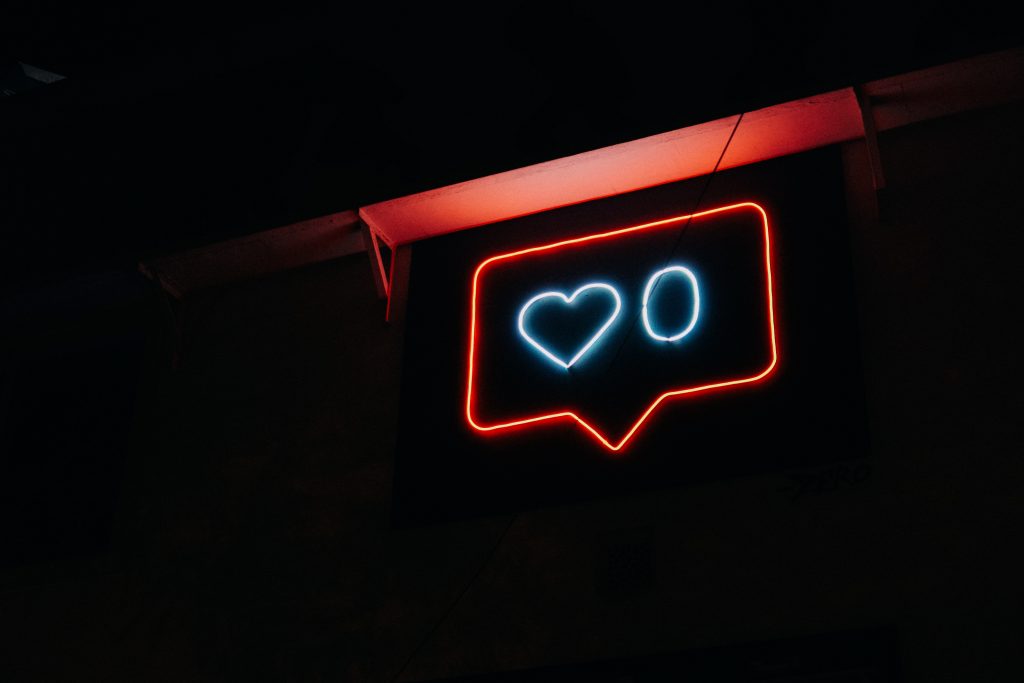
Social media platforms are making efforts to become more socially responsible, but at what cost? For now, the answer is uncertain.
The social media realm has been buzzing this week following the announcement that Instagram will begin hiding Like counts in the U.S., a continuation of a test that started rolling out to other countries last May. This test was then broadened to a global scale yesterday, through a post on Instagram’s Twitter account.
This new rollout means that users are unable to see Like counts on other users’ posts, but they will still be able to view how their own posts are performing.
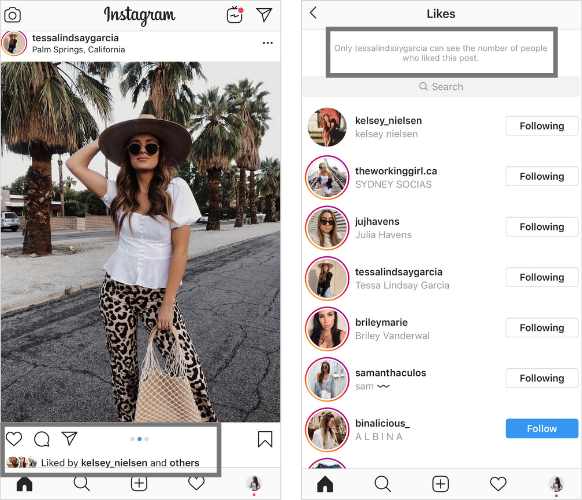
A myriad of articles have been written, opinions voiced and frantic questions asked. Ultimately, people and brands are left wondering what will happen to their Instagram Likes, influencer marketing efforts and overall engagement as this rollout continues.
This experiment is part of Instagram’s “three-pronged approach to well-being, where it identifies and addresses acute problems such as hate speech, finds positions where it can lead as with fighting bullying and rethinks fundamentals of how the platform works as with Like count hiding,” as noted in an article by TechCrunch.
Instagram’s CEO, Adam Mosseri, stands behind the changes and said, “It’s about young people – the idea is to try and depressurize Instagram, make it less of a competition, give people more space to focus on connecting with people that they love, things that inspire them. But it’s really focused on young people.”
Mosseri stated he has spent “a lot of time on this personally” and said he’s not afraid to hurt the company’s bottom line as long as this change positively impacts users.
Users in Canada, Australia, Brazil, Ireland, Italy, Japan and New Zealand have already been experiencing the effects of this rollout and the reports don’t lie. For now, it appears that this test has resulted in decreased Like counts across all influencer tiers in the countries affected.
Although Instagram still has yet to release any official data or insights from this experiment, a study from HypeAuditor, an influencer marketing platform, indicated that average Like counts for influencers across all influencer tiers typically decreased in the countries where Instagram has hidden Likes. Only in Japan for influencers of 1,000 to 5,000 or 100,000 to 1 million followers did the test result in a small increase in Likes.
HypeAuditor tested this through “a content study of more than 154k influencers, each of whom sees at least 30% of their following coming from users in the regions in which Instagram’s hidden Like counts test is currently running,” according to Social Media Today. The study used the UK as a baseline to reflect normal Like trends in comparison to those affected by the test.
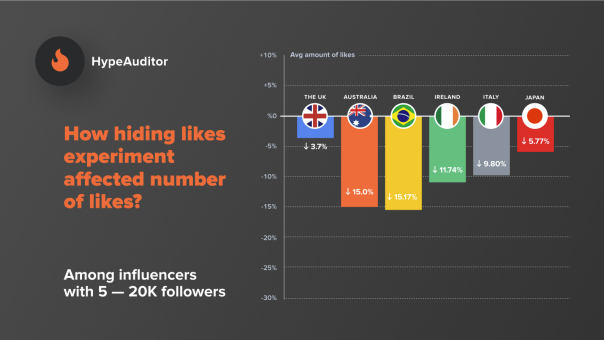
Overall, this change prompts mixed feelings across the board from regular users, influencers and marketers alike.
From a more cynical standpoint, an article from Forbes hypothesizes that this rollout is a “PR spin and the real reason is that Instagram wants to make more money by getting a cut of influencer ad dollars … Hiding Likes shifts the power back to Instagram … This means the risk of overpaying an influencer increases while running Instagram ads becomes a safer (and more analytical) choice.”
To echo this standpoint, many influencers are concerned that by losing visible Like counts, they are losing leverage when negotiating business deals. A drop off in Like counts, as indicated by the HypeAuditor study, will also negatively impact their own analytics and bottom line.

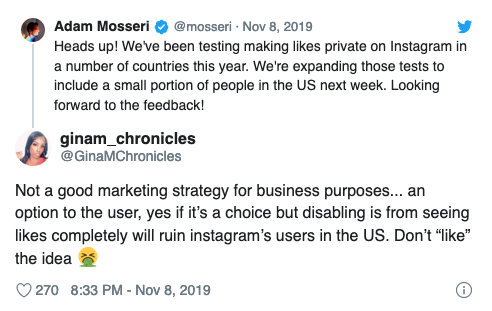
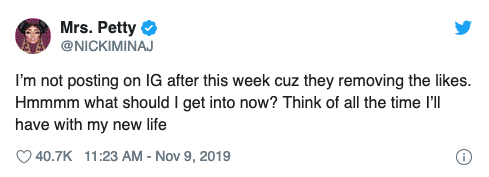
On the flip side, some influencers and marketers are keen on the idea. These people believe hiding Like counts forces influencers and brands to focus more on the metrics that count and create impactful content.
In an article by Later, this sentiment was perfectly stated. “Brands are already moving away from caring solely about Likes and focusing more on creating long-term partnerships with influencers who create on-brand content and have an authentic relationship with their followers. Taking away Likes isn’t going to change that, and again – we just need to look at Instagram Stories to see that both brands and influencers can have success with branded content, without engagement counts being public.”
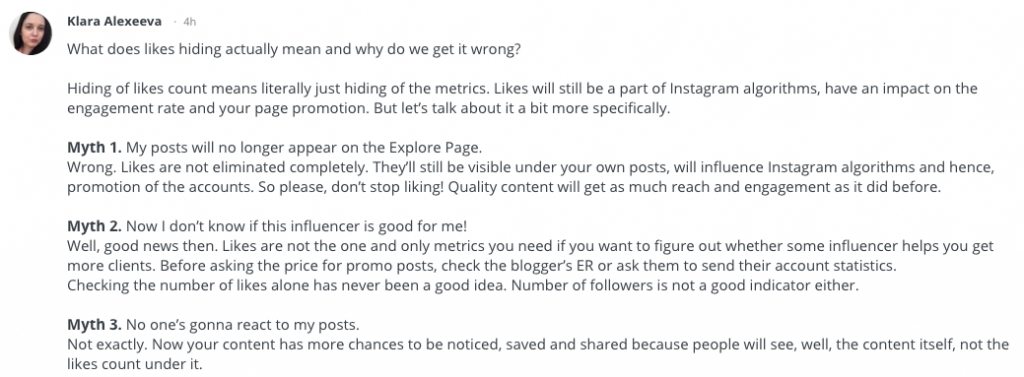
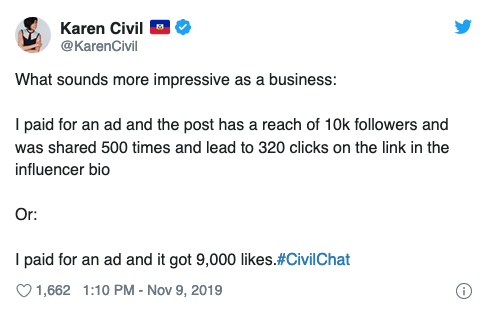
As for the full impact of this rollout and whether it’s here to stay, it’s hard to say. Personally, I believe this could be a positive change for brands in the long run. First, I believe it forces brands to truly think about who they are selecting as influencers, going beyond just looking at vanity metrics such as Like counts. When selecting influencers, brands should do research and ensure that the influencer’s messaging aligns with the brand and that both share similar goals and opinions. Second, I believe hiding Likes also forces marketers to identify and measure other KPIs from social media marketing efforts such as website traffic and profile visits. Finally, as noted in the article by Later, this could allow brands and influencers more creative freedom to make content they’re passionate about, not just content that will garner Likes.
But just like everyone else, we’ll be waiting with bated breath to fully see how this change impacts influencers, marketers and users alike.


